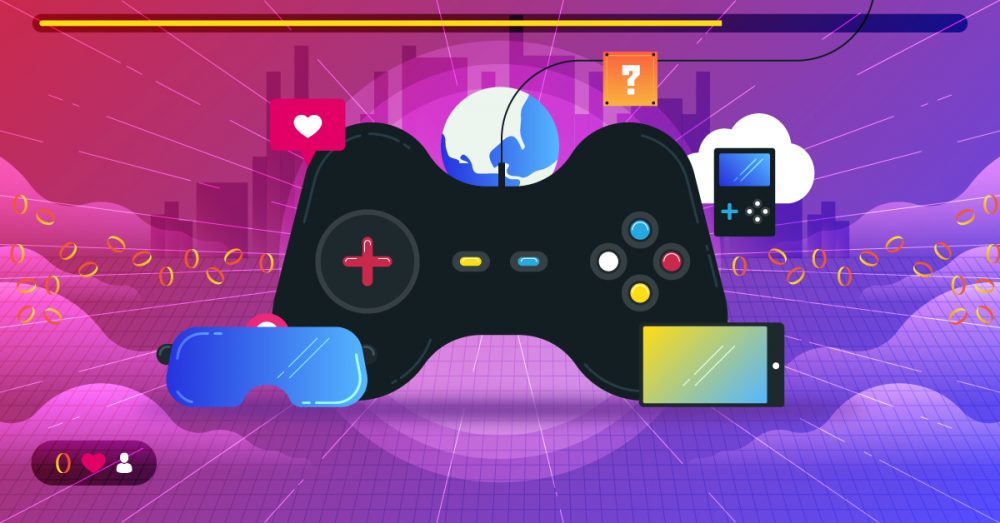The process of creating a video game involves many professionals working together, such as game designers, programmers, audio engineers, and graphics artists. During pre-production, game designers work to create the game’s concept, story, characters, and gameplay mechanics. Next, a game engine is selected, such as Unity and Unreal Engine, which provides the tools to create 3D models and program game mechanics. Programming is a crucial stage where game mechanics are implemented, artificial intelligence is created, and the game engine is integrated into the game. Art and graphics, user interface (UI) and user experience (UX) design, testing, and post-release support complete the journey.
Creating Games: A Technological Journey Through the Eyes of Game Developers
Introduction
Creating a video game is a complex process that requires the efforts of many professionals working together. From game designers to programmers, audio engineers to graphics artists, there are numerous roles involved in bringing a game to life. In this article, we will delve into the technological aspect of game development and take a look at the journey that game developers undertake to bring their ideas to fruition.
Pre-Production
Before any code is written or assets are created, it’s important to have a clear and concise plan in place. Pre-production is the phase where game designers work on the concept and design of the game. This includes creating the game world, story, characters, gameplay mechanics, and art style. Pre-production often takes several months to a year and involves designers, producers, and writers collaborating to develop the game concept.
Game Engine
Once the game concept is finalized and the design documents are complete, the next step is to choose a game engine. A game engine is a software framework designed to help game developers create games quickly and efficiently. There are many game engines available, with the most popular being Unity and Unreal Engine. These engines provide the tools and resources to create 3D models, textures, and animations, and to program the game mechanics.
Programming
Programming is one of the most crucial stages of game development. This is where game mechanics are implemented, artificial intelligence (AI) is created, and the game engine is integrated into the game. In most cases, game programming is done in C++, but other languages such as C# and JavaScript are also used. Programmers also work on optimizing the game’s performance to ensure that it runs smoothly on various platforms.
Art and Graphics
The art and graphics in a video game are what creates the game’s visual appeal. Graphics artists work on creating 3D models, textures, and animations that fit the game’s style and design. Character artists work on designing the game’s characters, while environment artists create the game’s world. In addition, sound engineers work on creating the game’s sound effects and music.
User Interface and User Experience Design
User interface (UI) and user experience (UX) design is critical in creating an engaging and immersive game. The UI design involves the creation of menus, HUDs, and other on-screen elements that the player interacts with. UX design focuses on the overall experience of playing the game, including the flow of the game, the level of difficulty, and the feedback given to the player.
Testing
Testing is a vital part of game development, as it helps identify bugs and other issues that can affect gameplay. Playtesting involves inviting a group of people to play the game and provide feedback on its mechanics, levels, and overall experience. Quality assurance (QA) testers work on identifying and reporting any bugs or performance issues. Beta testing is also carried out before the game is released, allowing players to play the game before its official launch.
Release and Post-Release
Once the game is complete, it is released to the public. This can be done through online marketplaces, such as Steam, or through traditional retail channels. Game developers continue to work on the game after its release, providing updates, bug fixes, and additional content to keep players engaged.
Conclusion
Creating a video game is a complex process that requires a lot of time, effort, and collaboration. From the initial concept to the final release, game developers work tirelessly to bring their ideas to life. The technological journey involves various stages, including pre-production, choosing a game engine, programming, art and graphics, UI/UX design, testing, release, and post-release support. With advancements in technology, game development continues to evolve, and we can only look forward to the next generation of video games.
